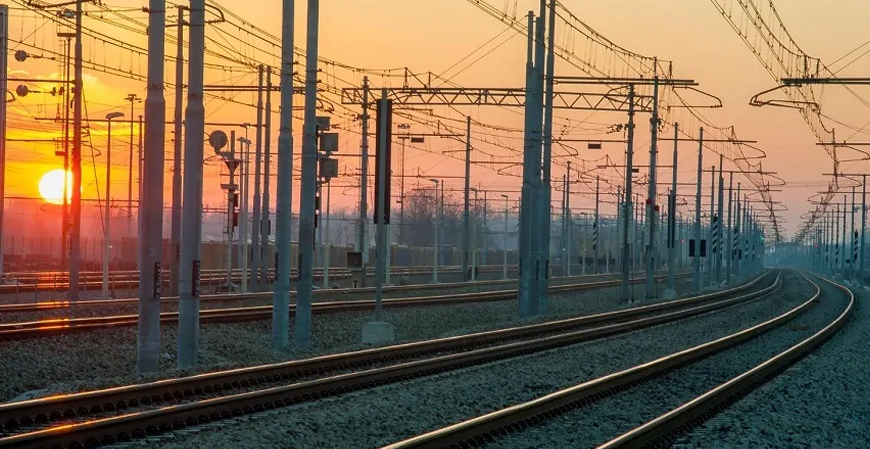Railway
The development of the nation is kept on track by the smooth movement of people and goods. Unifarm Engineering Private Limited has undertaken to keep the wheels of growth in constant motion by engaging in projects involving dedicated freight corridors, zonal railway projects and private railway sidings.
1. Planning and Surveying: The first stage involves route selection based on geographic, economic, and environmental factors. Engineers and surveyors assess the land to determine the most feasible path, taking into account gradients, terrain, soil type, and existing structures.
3. Land Acquisition and Site Preparation: Land is cleared and leveled. This may involve cutting through hills, filling valleys, and relocating utilities. In urban areas, this stage can be complex due to property and legal considerations.
3. Subgrade and Earthworks: A stable foundation is essential for safe rail operation. Earthworks include excavation, embankment construction, drainage installation, and soil stabilization to create a firm subgrade for the track bed.
4. Track Laying: This involves laying down layers of ballast (crushed stone), installing sleepers (ties), and fixing steel rails on top. The rails must be precisely aligned and welded or bolted together to ensure a smooth and continuous track.
5. Bridge and Tunnel Construction: Where natural or man-made obstacles exist, tunnels and bridges are built. These structures require specialized engineering techniques and materials to handle heavy loads and long-term use.
6. Signaling and Communication Systems: Modern railways rely on advanced electronic systems to control train movements. This includes installation of signals, switches, communication cables, and centralized control systems.

